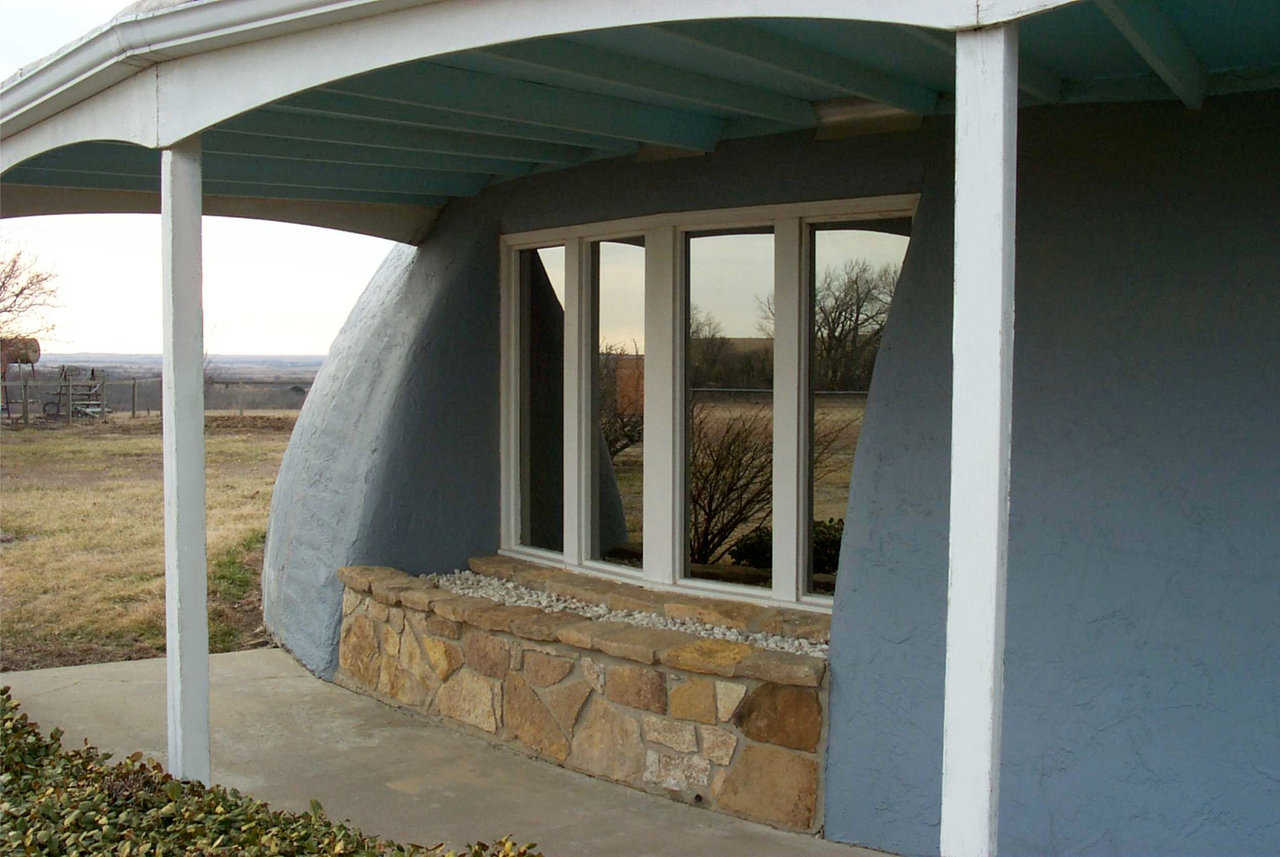A Monolithic Dome home built along Tornado Alley
Time: A cool spring morning in 1979.
Place: Eureka, Kansas, a rural community of about 2500 people in the heart of the Kansas Flint Hills. It’s known for its proximity to tornado-prone US 54, the yellow brick road.
Event: The inflation of the Airform for the world’s second Monolithic Dome home built by David and Barry South.
“When they saw that balloon going up, neighbors said, ‘Oh, that will never stand. You’re going to lose your home.’ We didn’t say anything. We just laughed,” said Maxine Stewart, describing this old event.
“The folks watching didn’t know how the dome was going to be built. They didn’t know the inside would be sprayed with concrete,” Maxine explained.
She and husband Boyd are the original and only owners of this 50′ × 20′ Monolithic Dome, unique not for its size or design but for the way its very existence came about.
David South, one of the builders and president of Monolithic, remembers it well. He said, “I had built this potato storage in Beach, North Dakota. A photographer from the Kansas Farmer magazine, traveling through the area, snapped a picture of that dome.”
The magazine called David, interviewed him, and ran an article with a reader-reply card. “Over the next eight weeks, I received 10,000 inquiries,” David said. “And I had absolutely no way to do anything with them. At the time, I was just too small of an operation. I looked at those inquiries and finally just threw them away — except for one.”
That one was a handwritten letter from Boyd Stewart, an aircraft engineer who wanted to build a retirement home with “environmental advantages,” atop a high, often windy hill. A Eureka Herald 1979 article, written after completion of the Stewarts’ dome, quotes Boyd: “I wouldn’t think of building a conventional house on this hill.”
Impressed by the Stewarts’ enthusiasm, David South invited Boyd and Maxine to tour a Monolithic Dome home in Idaho that he and his brother had built for their mother.
“Boyd told David we would come out and look at it,” Maxine said. “We did, and we just fell in love with it right then and there. Boyd liked it and I liked it too. Very much.”
David also remembers the Stewarts’ visit. He said, “They walked through it, liked what they saw, and asked me how much it would cost. I told them we would build the shell only. They would have to hire local people for the rest, and that we would need $2500 to get started. Boyd sat down on a step, right there at my mom’s, and wrote the check.”
Twenty-two years later, the Stewarts still enjoy their retirement home, a Monolithic Dome with three bedrooms, two bathrooms, a large storage room, and a huge open area with kitchen, dining and living rooms.
The Stewarts have two baseboard heaters, one in the living room and one in the dining room, and an in-wall heater in each of their bathrooms in this all-electric home. They have central air conditioning, but Maxine said, "It’s rarely turned on. We don’t use it very much. Last summer it got into the 100s. We’d turn the air on for a little while, then turn it off. The dome keeps the temperature the way we like it.
“One of the things we like best about the dome are the low utility bills,” Maxine continued. “We pay less than half of what our neighbors are paying. I talked with a couple who had a conventional home built at the same time we built ours. They were paying $300 a month and their home was about the same size as ours but not all-electric. We thought that was terrible. We never paid over a $100.”
According to Maxine, the dome shell has held up “very well” with a minimum of care, and they have not had any big maintenance problems or projects. She said, “This summer, all we’re going to do is fix our porch — put in new poles and carpeting.”
As for the dome’s environmental advantages, the high hill it sits on is often buffeted by wind storms. “But we don’t know it,” Maxine said. “We don’t hear the wind inside the dome.”
She recalled a stormy night that brought their son pounding on their front door: "He said, ‘My land, don’t you know we’re having a tornado.’ “Well, we didn’t and it wasn’t a tornado — just a very high wind. But we hadn’t even heard it,” Maxine said.
Soon after the Stewarts moved into their Monolithic Dome, they held an open house. More than 200 visitors came through. Some still thought the dome would not stand the test of time. After all, they reasoned, it was on a high hill, not far off US 54 — the yellow brick road down which Dorothy and Toto got blown by the Wizard of Oz tornado.
“But we’re still here, just as sound as ever,” Maxine said. She and Boyd are convinced that if Dorothy had been sleeping in their dome-home instead of Aunt Em’s, she simply would not have been blown away. She may not have even heard the tornado raging about her.
Note: This article was originally printed in the Roundup Journal Summer 2001
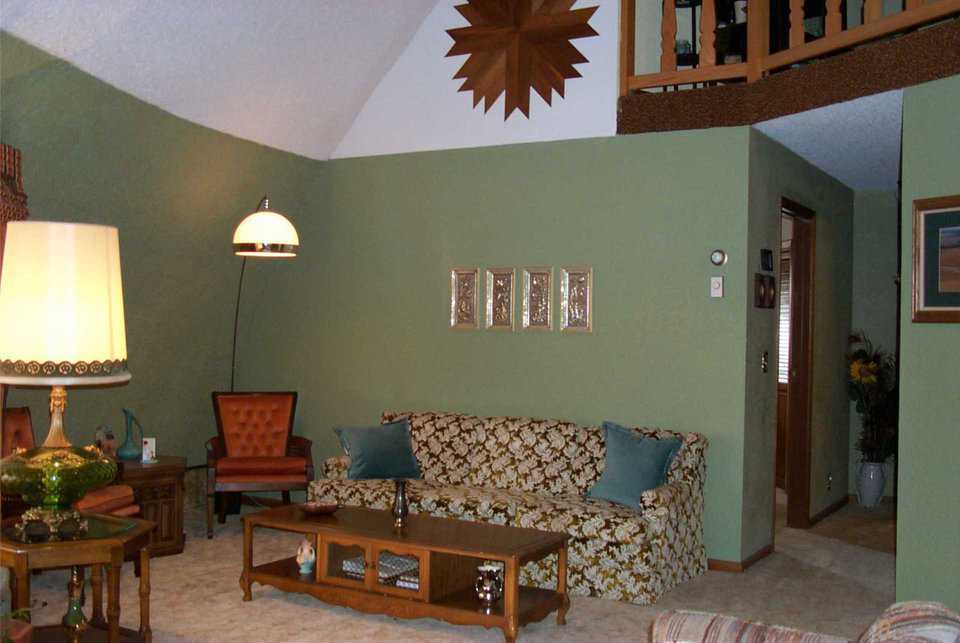
Living room — Painted interior walls provide a visual break to the dome wall. (David A. Collins)
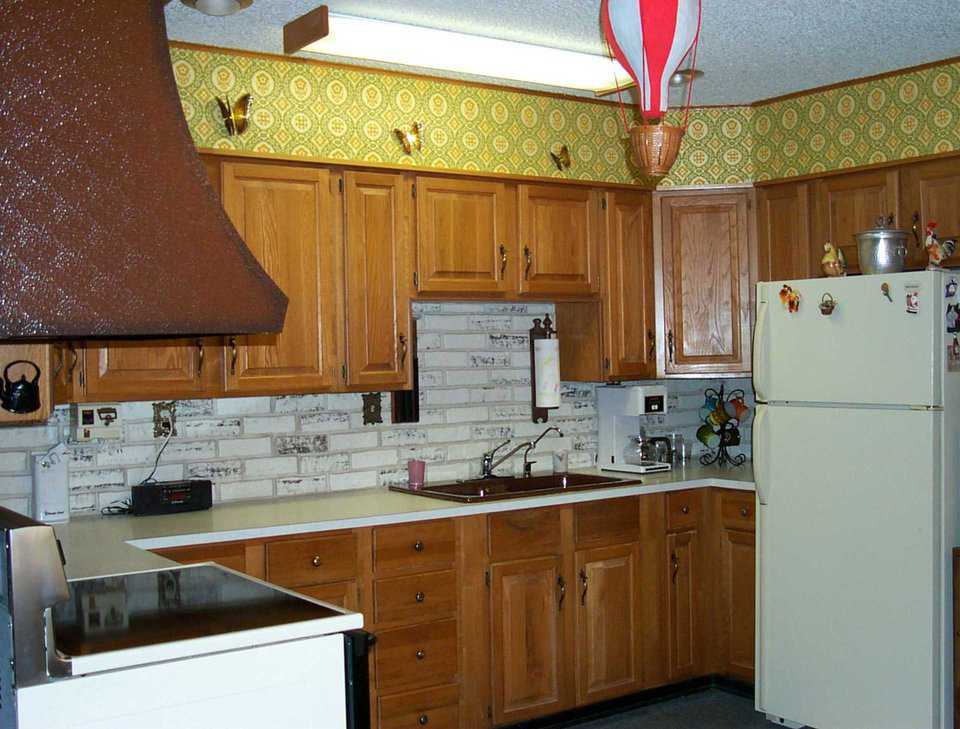
Kitchen — Wood cabinets outline the spacious kitchen. (David A. Collins)
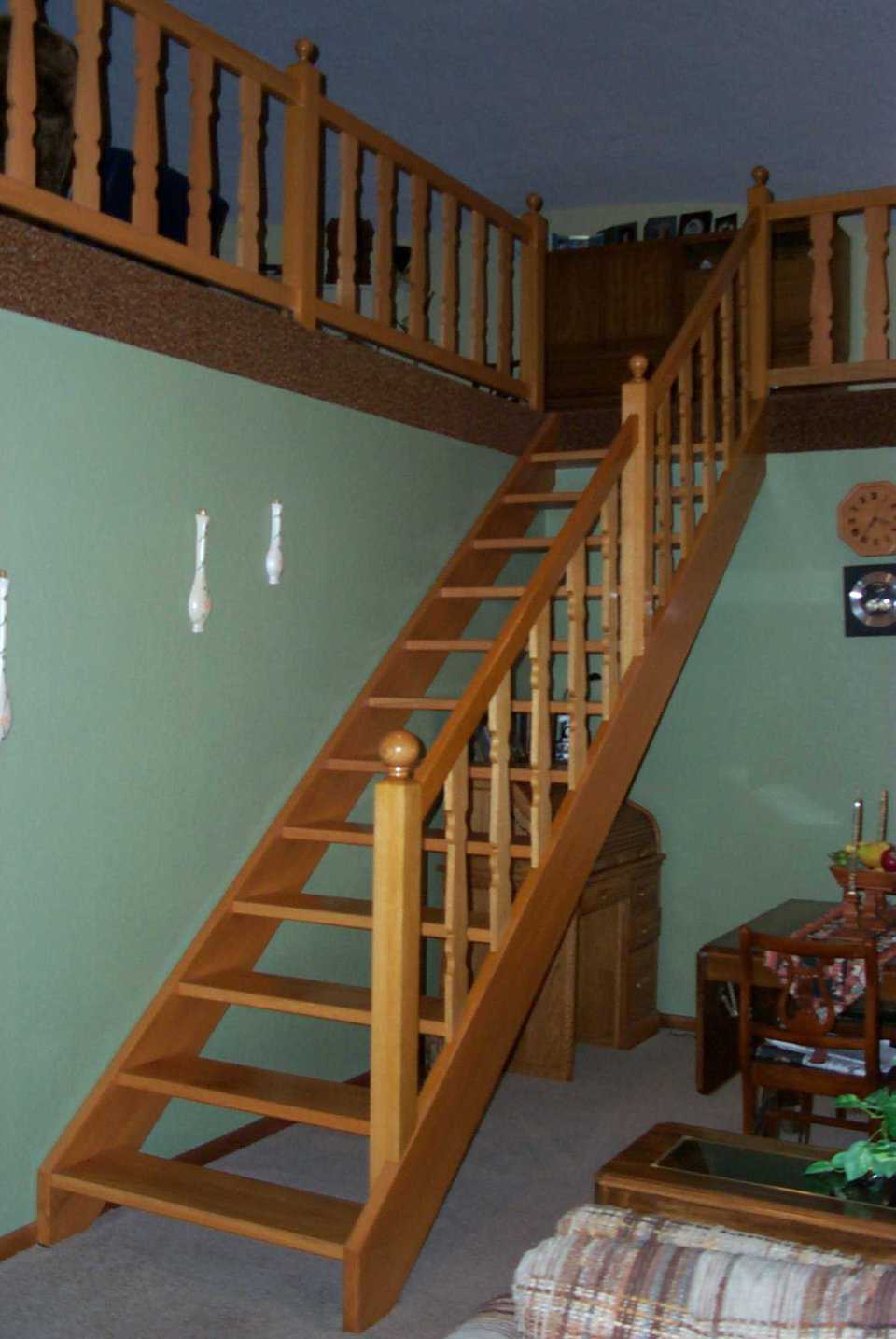
Going up! — The solid wooden staircase matches the wood trim in other areas of the home and leads to the upper loft. (David A. Collins)
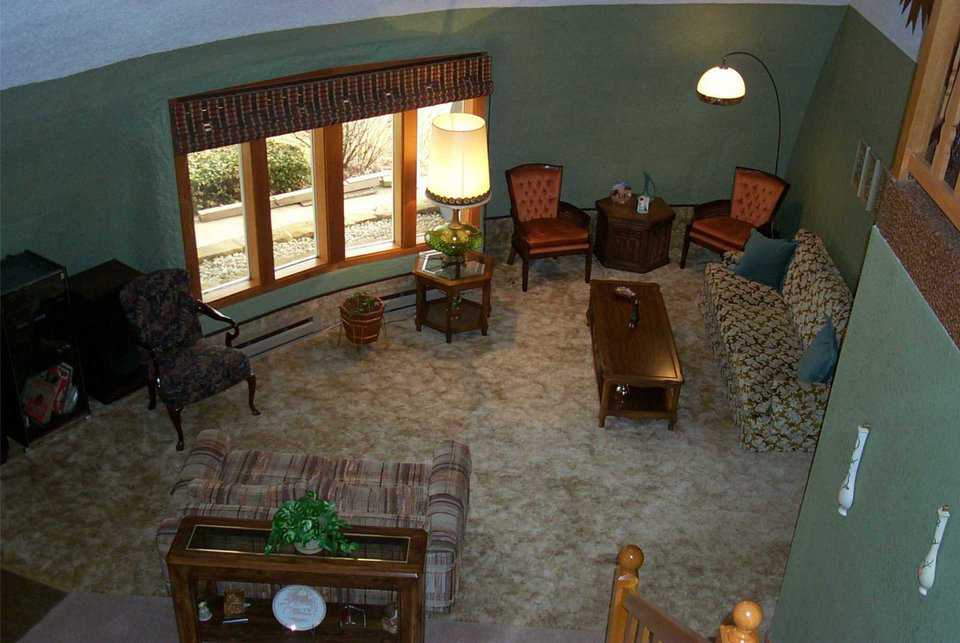
Upstairs view of living room — The living room has comfortable areas for entertaining and just relaxing. (David A. Collins)
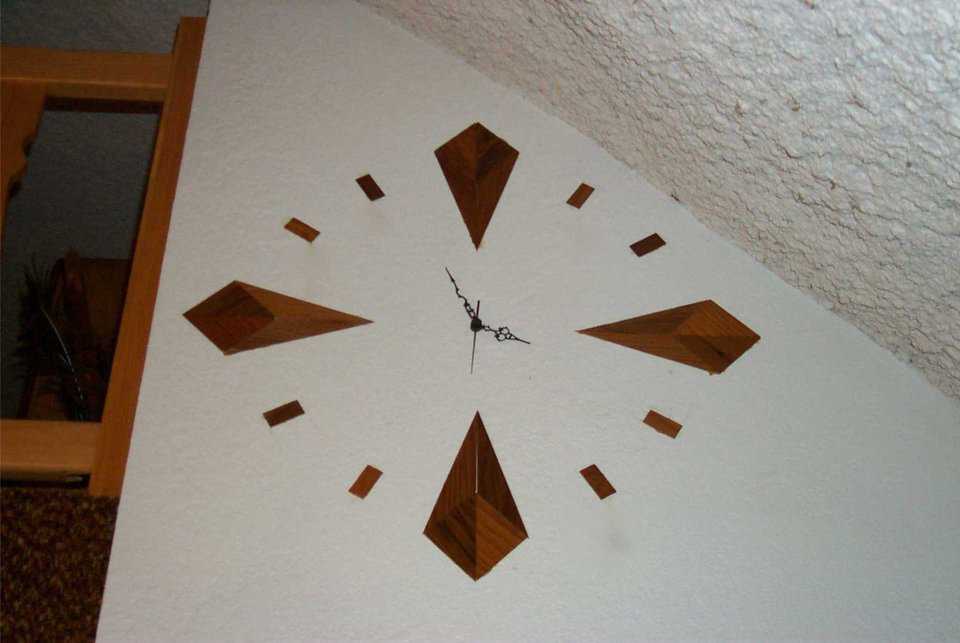
Wall clock — A handmade clock, designed and built by Boyd Stewart is built into the wall. (David A. Collins)
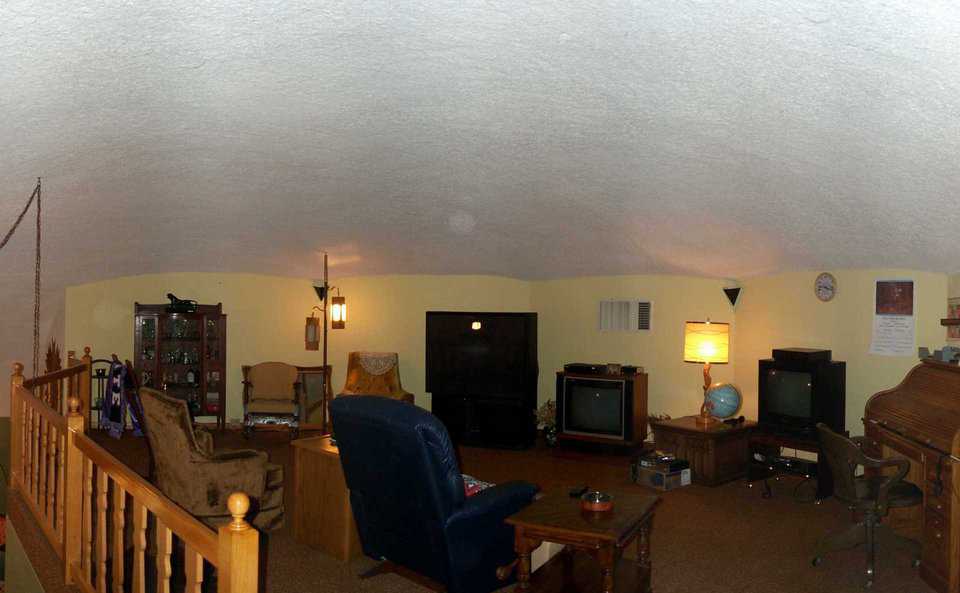
Loft family room — Boyd has a small collection of televisions from small to an extra large big screen. Inner walls in the loft provide flat wall space. (David A. Collins)
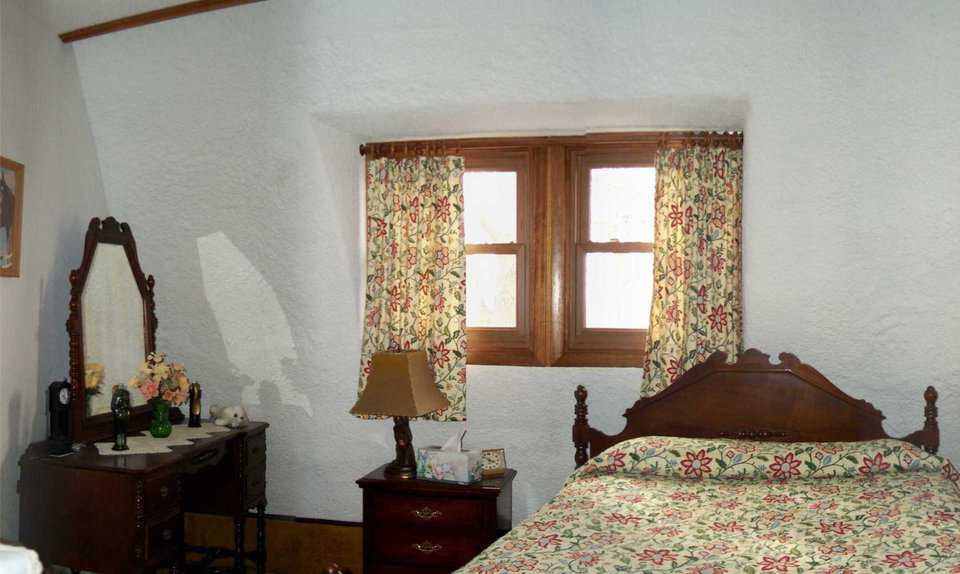
Guest bedroom — The Stewarts furnished their beautiful, large, guest bedroom with family antiques. (David A. Collins)
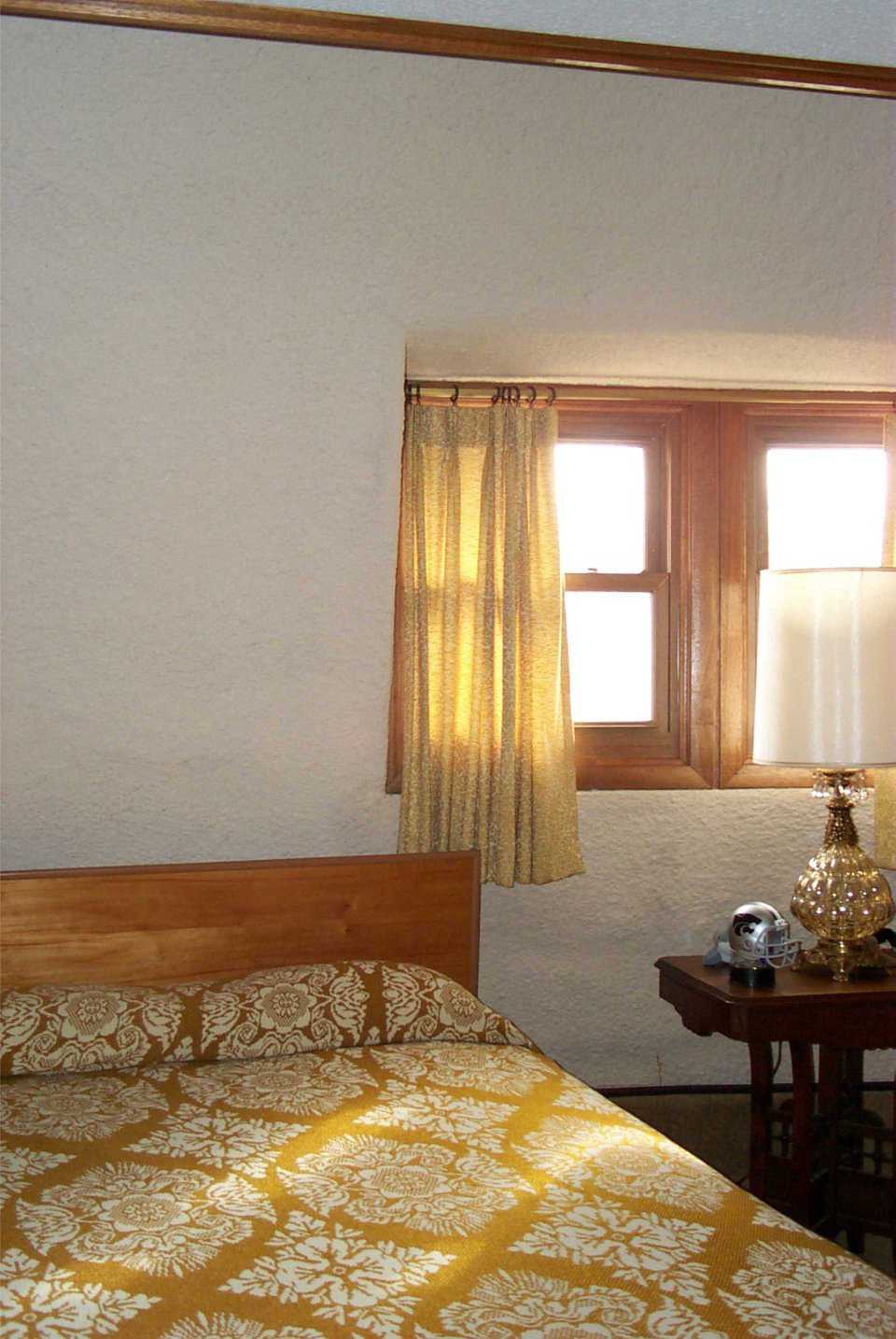
Bedroom — Warm winter sunlight enters the spacious bedroom through wood framed windows. (David A. Collins)
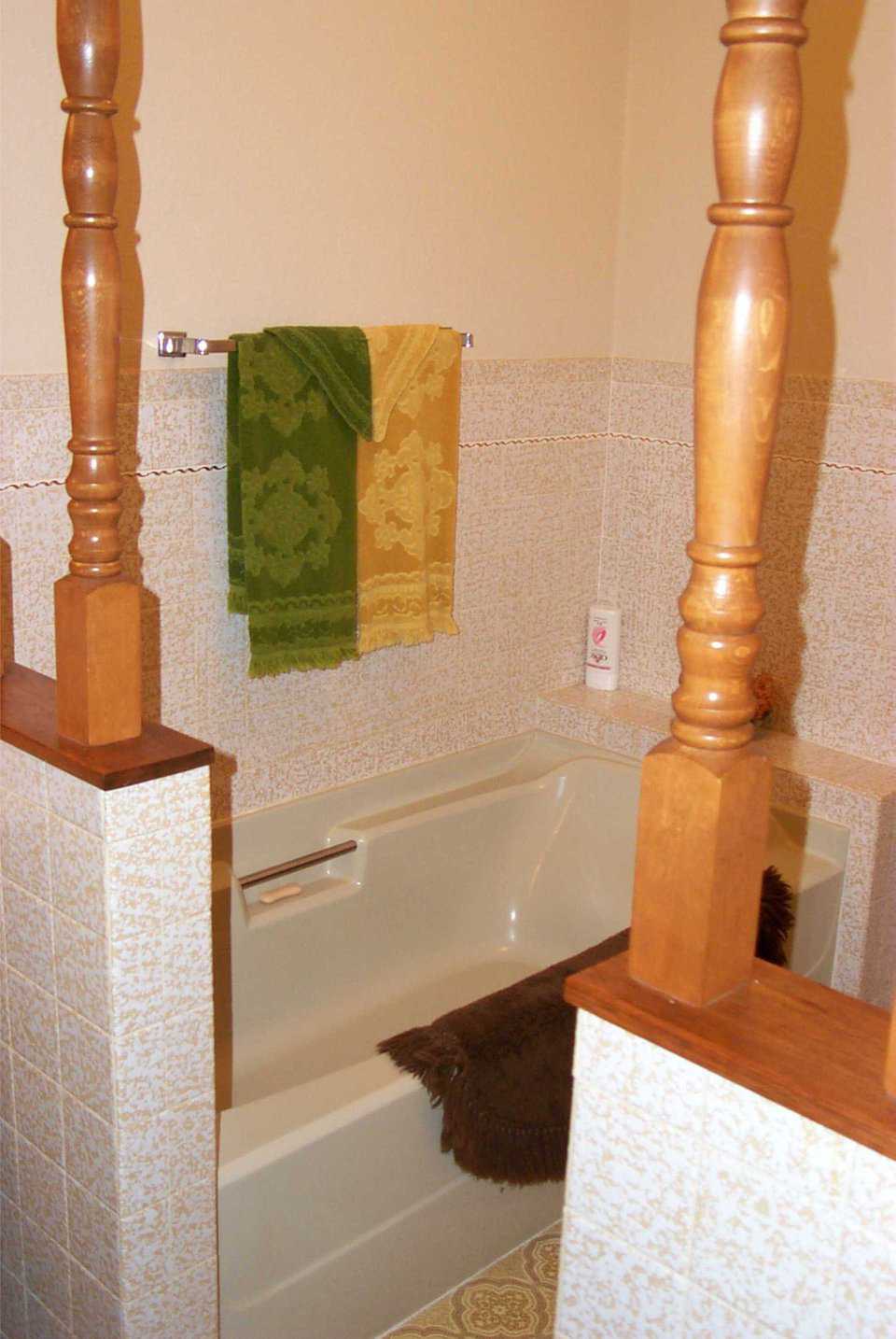
Bathroom — A large central bathroom includes a tub with a safety bar and a separate vanity. (David A. Collins)
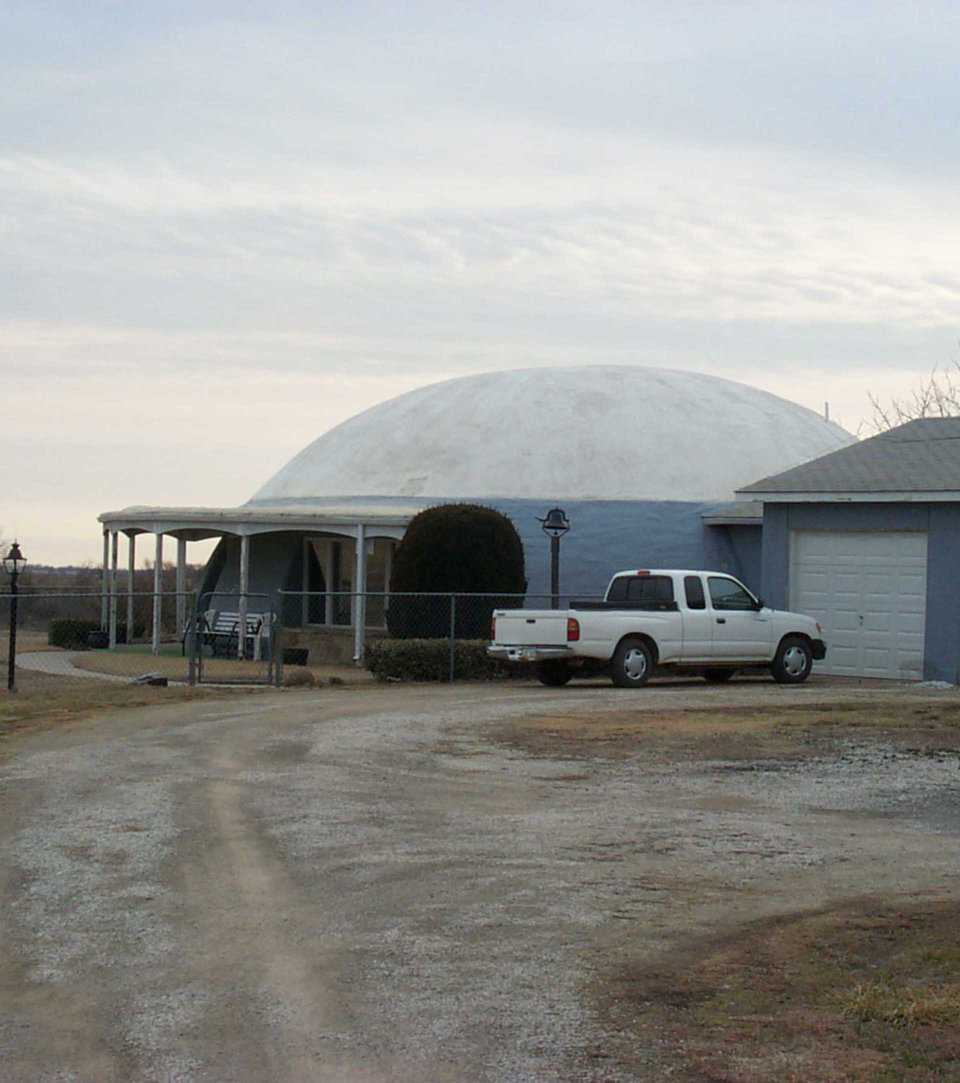
Patio — The Stewarts enjoy their covered patio, the clean, country air and the surrounding view. (David A. Collins)
